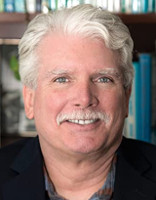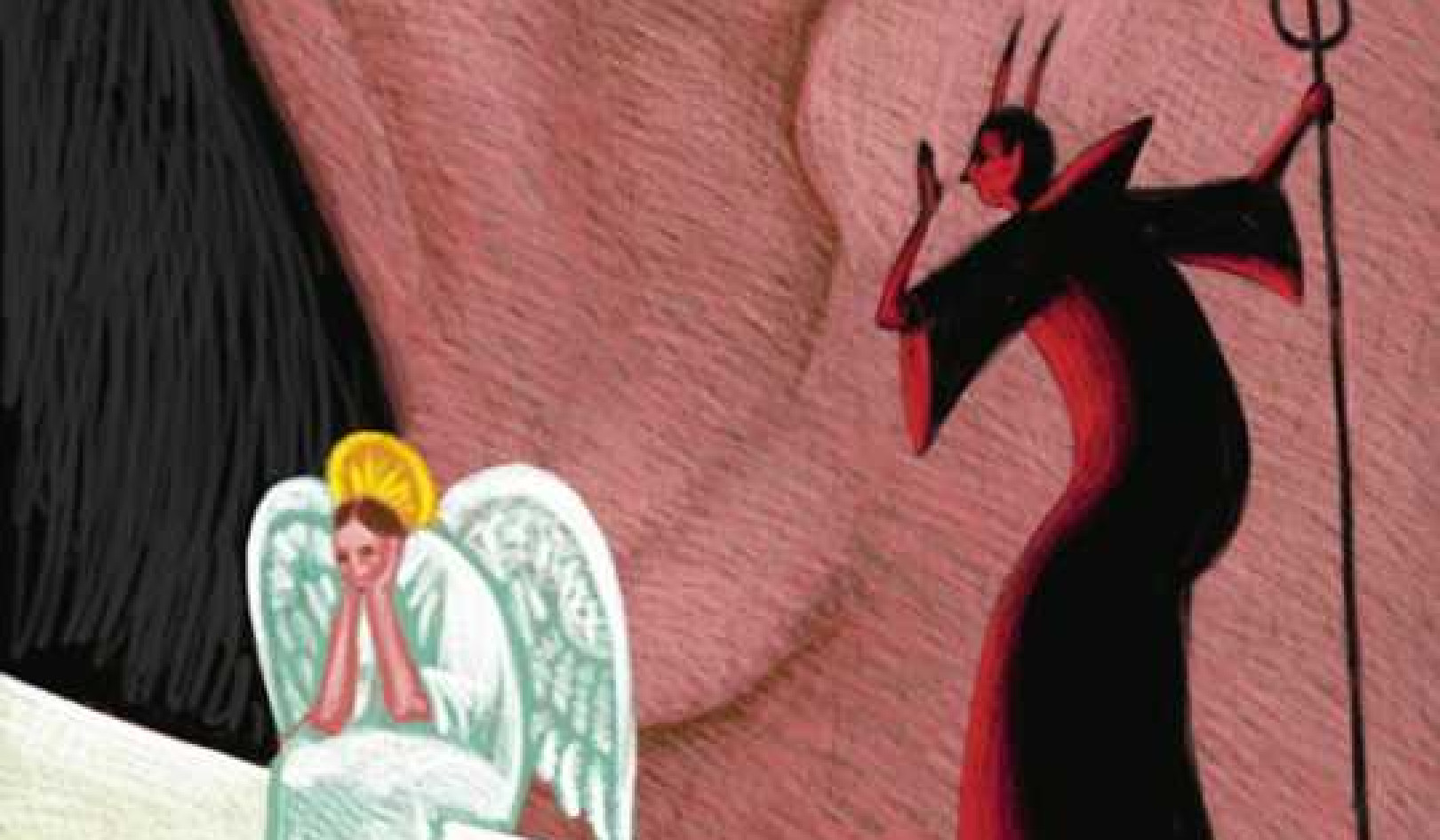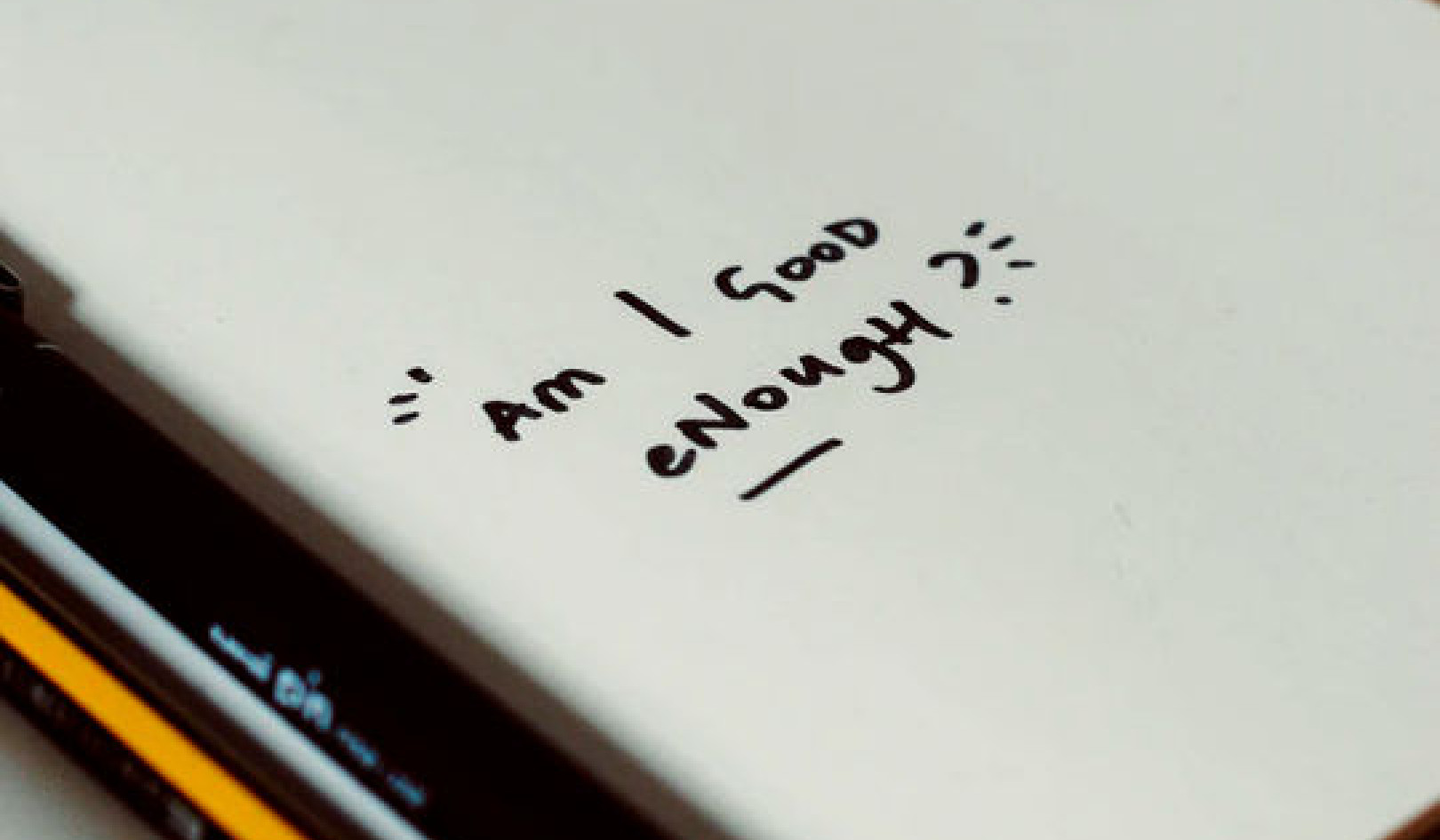
Image by Gerd Altmann
Life is full of aversions—things we don’t like and would prefer to avoid. There are foods and beverages that just taste bad. There are buildings—ugly, decrepit, or garish—that you’d prefer not to see or enter. Some environments hold beauty while others trigger discomfort or even alienation. You may avoid certain animals because they are unpleasant or threatening. And, of course, there are people you don’t like and don’t want to be around.
In many cases avoidance is the simplest and best solution. The world is full of people, creatures, and places we can easily do without. But when you are bound in some form of relationship to someone or something that triggers aversion, escape may not be possible or right. How, then, do you love what you do not like?
To begin, it’s vital to see liking and not liking for what they are: biochemical reactions. One person finds the smell of roses delicious, another finds it cloying. Each has a uniquely wired olfactory system that responds differently to stimuli.
Like and attraction are illusions of physical life, of a body and brain that are drawn to pleasure and seek to avoid pain. Liking and not liking are hardwired ways to survive on Earth. But while a bitter taste may warn against eating a poisonous berry, in any relationship aversion obscures the other person. And it obscures love.
If you are in relationship with someone that activates dislike, and yet it’s someone important, valued, or intertwined with other people or things that matter in your life, feel encouraged to notice the dislike, but your observation can’t end there. Somewhere in that relationship are seeds of love, of knowing and caring. In that relationship, liking and not liking can become less important. Finding a way to love is what matters.
People and things you may not like, but might learn to love, include:
+ your sister-in-law
+ the configuration of your work space
+ your difficult neighbor
+ a threadbare city park
+ an ex-partner with whom you coparent
+ an individual who has hurt or rejected you
+ your daughter’s dog
+ your postage-stamp back yard
+ your partner’s annoying best friend
+ your son’s hyperactive buddy who spends too much time at your house
+ your boss
Aversion and Pain
Examine, for a moment, some of the people and things you dislike. Form a brief image of each. Is there a common factor, something you experience in all of these relationships? Look below your aversion. What happened before the disgust or dislike?
You are likely to find, in nearly every case, that the dislike is preceded by pain of some sort. The person has criticized you, behaves in annoying ways, makes overwhelming demands, doesn’t care, and so on. The animal is too loud, too active, scratches the drapes, or just scares you. The thing or place chafes against your sense of beauty, order, and usefulness; or it makes you feel less safe, less peaceful, less content. As these examples show, dislike is rooted in pain, which is usually driven by an aversive experience.
Whatever causes pain, whatever we run from and resist, is just another thing to know, appreciate, and love.
How to Love the Person You Dislike
You don’t like a particular person, but you’re connected. You wish to be far away, but this relationship is too important to break. This person is, for now, a part of your life. But you have a choice:
+ You can feel the pain inherent in this relationship, plus the aversion and the need to escape. But since escape is impossible, dangerous, or too costly, you will also feel helpless and stuck.
+ Or you can feel the pain that’s part of this relationship, but replace aversion and helplessness with love.
How does this work? Imagine that you are trapped in a room with someone you dislike. They are pacing the perimeter, looking out from each window, searching, picking up objects from tables and putting them down. They are doing what they know how to do in this space.
And what do you do? You can pull as far away as the walls permit. You can look stone-faced, hiding your aversion and pain. You can judge their behavior as bad and tell them how wrong they are. You can get angry. Perhaps you can hide behind something large and protective.
But the pain goes on. Just as you are in this room you are in this relationship. And no matter what you do, that person continues to push across the space, making you feel helpless and controlled by their every action. Is there any way to escape this pain? Could the relationship change?
To love what you have aversion to, watch it with curiosity and interest. Just observe. Of course, you will have your reaction. The usual pain will show up. Watch that too. In the space between you and the other is a field in which love can grow. In that fertile space is everything you see as well as everything you come to know about the other. In that space is awareness that you and the other are made of the same elements and that you and the other share elements with all that is conscious.
As you take in the needs, the fears, the hopes, and the struggles of the other, they become your own. You begin to recognize these as your own life.
You are one because you breathe the same emotional flame, you seek the same redemption—the same comfort and soothing in the face of pain. You are one because the differences are superficial, unimportant. You are one because you are both apparently alone and exiled to this place. You are one because you have both invented a life in which to seek and learn.
When you see the other and know what joins you, compassion and caring are the only outcome. Nothing else can happen.
The path to loving despite aversion is to observe without judgment, without inventing a story of good and bad, simply watching as an astronomer watches the sky. When you observe with the commitment to truly see, there can be no other outcome except love.
Seeing and Knowing As A Means Toward Love
Whether it’s your hostile sister-in-law, the scorched trees after a fire, your teenage son who rakes you with contempt, the way your bedroom feels empty, or how a lover seems hard and far away, the path back to love always starts with seeing.
Knowing your sister-in-law’s fear and yearning. Observing the sprouting new life beneath the blackened trunks and branches. Knowing your son’s aloneness and his hope to escape the isolation of his family. Knowing the empty feel of a room and allowing in the desire to transform it. Knowing the angry or faraway lover as a lost alien who hasn’t yet found home.
The path back to love asks you to see everything. Seeing even the hidden, the angry, and the broken. Seeing even the ugly and unacceptable. Seeing to its core, the existence that keeps bending, bracing for pain and loss, fearing something too difficult to bear.
Your Mission On This Planet
You’ve come to this planet to learn how to love in the face of pain. And that includes the aversive people, places, and things that are an unavoidable part of your life. They have a beauty that you must find. They have been hurt and damaged in ways you must come to know. They need acknowledgment, support, or protection. As long as you are in relationship, there is only one choice: to see them deeply and clearly, care for their brokenness, and learn to love what they are.
Our goal on Earth is to see everything and to love everything. And everything we learn to love expands us, makes us more beautiful.
Copyright 2022. All Rights Reserved.
Reprinted with permission of the publisher,
Park Street Press, an imprint of Inner Traditions Intl.
Article Source:
BOOK: Love in the Time of Impermanence
Love in the Time of Impermanence
by Matthew McKay
 We live in a world where nothing lasts. Everything we love--the relationships, places, and things we most count on, even our own bodies--will change or be lost. But, as psychologist Matthew McKay shows, the certainty of change and loss can actually support rather than diminish love. For at the heart of pain and loss is love.
We live in a world where nothing lasts. Everything we love--the relationships, places, and things we most count on, even our own bodies--will change or be lost. But, as psychologist Matthew McKay shows, the certainty of change and loss can actually support rather than diminish love. For at the heart of pain and loss is love.
Ultimately, Matthew McKay shows that, by running from pain, we run from love. By avoiding pain, we lose the pathway to connection. Yet, by recognizing love in the heart of pain and loss, by knowing that change and impermanence are inevitable, we can navigate life with a compass pointing to love as true north, learning to love more deeply and making what we love more cherished.
For more info and/or to order this book, click here.xxx Also available as a Kindle edition.
About the Author
 Matthew McKay, Ph.D., is a clinical psychologist, professor of psychology at the Wright Institute, cofounder of Haight Ashbury Psychological Services, founder of the Berkeley CBT Clinic, and cofounder of the Bay Area Trauma Recovery Clinic, which serves low-income clients. He has authored and coauthored more than 40 books, including The Relaxation and Stress Reduction Workbook and Seeking Jordan. Matthew is the publisher of New Harbinger Publications.
Matthew McKay, Ph.D., is a clinical psychologist, professor of psychology at the Wright Institute, cofounder of Haight Ashbury Psychological Services, founder of the Berkeley CBT Clinic, and cofounder of the Bay Area Trauma Recovery Clinic, which serves low-income clients. He has authored and coauthored more than 40 books, including The Relaxation and Stress Reduction Workbook and Seeking Jordan. Matthew is the publisher of New Harbinger Publications.
More books by Matthew McKay.































